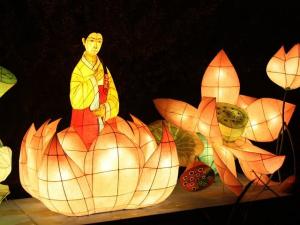All eyes are on the estate auction taking place next weekend at the Crescent City Auction Gallery in New Orleans. On the auction block is a figural oil-on-canvas painting by Brazilian artist Emiliano di Cavalcanti (1897-1976). He created it in 1948 and titled it “Pescadores” which means fisherman in Spanish. They expect it to bring in $150,000-$250,000 at the estates auction.
It is signed by the artist and shows fishermen bringing in their catch with a fishing boat and a setting sun in the background. One of his paintings sold at Sotheby’s in May for $360,000.
Read the full article on this upcoming auction here.

